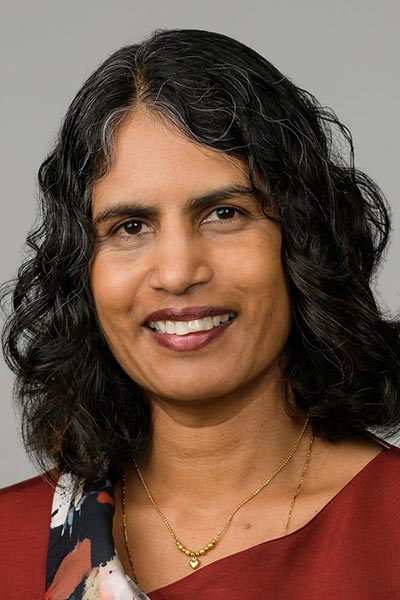Initial results from a study showed a nurse-led geriatric oncology model of care for patients with lung cancer outperformed a similar medical-led model. The nurse-led model increased the proportion of older patients with lung cancer undergoing geriatric screening and assessment and was highly acceptable to patients and caregivers.

Shalini Vinod, MD, Professor of Medicine at the University of New South Wales and Lead Clinician for the Liverpool & Macarthur Lung Cancer Multidisciplinary Team in Sydney discussed the results of the study during Opportunities for Optimizing Supportive Care at the 2024 World Conference on Lung Cancer.
“We need to consider our own perspective on age,” Prof. Vinod said. “Some of us are perhaps nihilistic and others are blindly optimistic. We have to be aware of geriatric syndromes that may impact treatment, and we have to be aware of comorbidities that might be a competing cause of death. These are not the average clinic patient you see.”
While nurse-led care management improved patient care, a similar medical-led model failed to improve care for older lung cancer patients.
The median age of lung cancer patients is 72 years and 67% have at least one comorbidity, Prof. Vinod said. The combination of age and comorbidities makes it difficult for healthcare professionals to balance the benefits and harms of cancer treatment given the lack of evidence in older cancer patients.
In the study, older patients with new diagnoses of lung cancer were scheduled for a standard oncology appointment or a nurse-led geriatric oncology appointment.
In addition to collecting clinical histories and screening for anxiety and depression, nurses completed other geriatric assessments, such as an Elderly Functional Index and mini cognitive exam.
Patients with normal screening scores received standard care. Patients with one or two abnormal scores were referred to specific allied health team members. Patients with multiple abnormal scores were referred to a multidisciplinary aged-care cancer service clinic for assessment.
The geriatric multidisciplinary team then reviewed those cases. Care plans were modified as appropriate, and the primary care provider was notified. Nurses followed up with patients 4-6 weeks later.
A total of 58 patients were assessed in the first 6 months; 14 patients were referred to the geriatric multidisciplinary team. The median age of patients was 73 years, and 71% had stage III or IV lung cancer. Polypharmacy was the most common problem identified, and 88% of patients were referred to allied health, most often by dieticians, social workers, occupational therapists, or physiotherapists.
All patients in the nurse-led model cohort were screened compared to 85% in the medical-led model. Additionally, 89% of patients were assessed by the care team in the nurse-led model compared to just under 60% with the medical-led model.
Most patients (83%) were seen by the nurse before treatment began compared to just over 60% who were seen by a clinician in the medical-led model before treatment began. Nearly all patients (98%) were satisfied with the nurse-led model and agreed it was acceptable. Prof. Vinod said 12-month follow-up data would be discussed at a later date.





